Tower Of Power - Tower Of Power (1990)
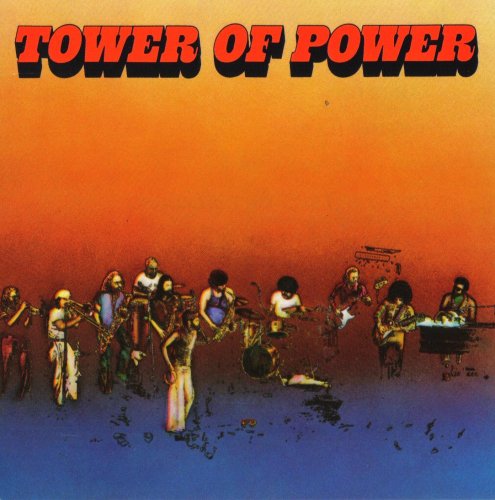
Artist: Tower Of Power
Title: Tower Of Power
Year Of Release: 1973 / 1990
Label: Warner Bros. Records
Genre: Jazz, Funk / Soul
Quality: 320 / FLAC (tracks+.cue,log covers)
Total Time: 40:00
Total Size: 98 / 232 Mb
WebSite: Album Preview
Tracklist: Title: Tower Of Power
Year Of Release: 1973 / 1990
Label: Warner Bros. Records
Genre: Jazz, Funk / Soul
Quality: 320 / FLAC (tracks+.cue,log covers)
Total Time: 40:00
Total Size: 98 / 232 Mb
WebSite: Album Preview
01. What Is Hip? (5:09)
02. Clever Girl (2:57)
03. This Time It's Real (2:55)
04. Will I Ever Find A Love? (3:51)
05. Get Yo' Feet Back On The Ground (4:53)
06. So Very Hard To Go (3:42)
07. Soul Vaccination (5:13)
08. Both Sorry Over Nothin' (3:25)
09. Clean Slate (3:22)
10. Just Another Day (4:34)
If all the funk bands out of the 70s were one of the hair colors in George Clinton's rainbow dreads, Tower of Power would be the gold/yellow color, simply because it's the closest color to a brass instrument. Tower of Power originated in the East Bay area of California, starting as a soul band. Of course, soul is the predecessor to the genre now known as funk. As time went along in the 70s, Tower of Power followed the path of the soul-funk progression, slowing becoming funkier and funkier. The biggest transition came with their self-titled album.
As stated before, Tower of Power is known for their horn section. Lenny Pickett, lead tenor sax player, went on to become the Saturday Night Live musical director. Even the creators of the term "P-Funk," Parliament and Funkadelic couldn't match the horn quality of Tower of Power. They have gone on to record with greats such as Elton John, Rod Stewart, and Phish. The band still reverts back to their soul days on this album, yet the funk is beginning to take prevalence and is showcased in the best songs on the album. However, the rhythm section is still great. Bassist Francis Rocco Prestia is very virtuosic with his basslines, creating an excellent groove. Bruce Conte knows when to accompany and when to stand out. When it's time for him to solo, he rips it out. The drums are fitting, although not the best in the world. However, with all this and the great vocals of Lenny Williams, Tower of Power makes an excellent and convincing album.
The album opens with their greatest hit ever, What is Hip? Opening with a guitar solo and the bass staying on note and plucking very fast, Tower of Power shows the funk starting to rise from their music. The horns accent here and there, and then Lenny Williams enters and the bass goes to an actual bassline. The chorus is extremely catchy, with a choral shout of "What is hip?" The chorus makes a build to a foreshadowed climax and features the lead trumpet, but doesn't quite go there and drops back into the verse with another Bruce Conte solo to lead into it. After another verse and chorus, with the buildup once again dropping out before the climax, the song jumps into a bridge with Lenny singing about what hipness is. The bridge is short-lived, however, and another verse and chorus goes through. Once again, you get no climax, but this time you get an instrumental section that leads to a huge chord. The song enters a breakdown section repeating the line "What is hip?" The horns get louder and more prevalent throughout the extenuated breakdown. After another chord, the instrumental section returns with the horns falling and creating a huge amount of tension leading to the biggest chord of the entire song to finish off the great single, What is Hip?
Unfortunately, no song on the album matches the quality of What is Hip? There are some great songs on here, however. Get Yo' Feet Back on the Ground is a bit more laid back funk. Opening with a superb horn melody, the Tower of Power horn section makes another statement that they are amazing. The horns drop out and the verse just grooves. The song sounds suggestively sexist, saying "Woman, you ain't got no business tryin' to run my life." However, the lyrics tell more and just say that she's a control freak. The horns play an ascending line and hold a few chords out in the chorus, sounding held back. Again, the chorus leads to a climax, but the climax doesn't appear right away. After another verse and chorus, Bruce Conte takes a bluesy solo, almost akin to a Jimmy Page solo. The horns make excellent countermelodies underneath him. The chord direction given by the horns is excellent, showcasing forte pianos excellently. After another verse and chorus, the song goes into a breakdown section. The choral lines saying the title of the track are extremely catchy, and Lenny Williams only encourages them more. The song modulates with less than half a minute left, and fades out on that modulation.
The tightest the horns sound is on Soul Vaccination. The song opens with a drum fill and then a horn riff that is staccato and crisp. Once again, the verse grooves with the horns dropped out. Bruce Conte plays an excellent guitar line while the bassline fits underneath it perfectly. Congas accompany the drum set. The song progresses into the chorus flawlessly; only noticeable because the vocal harmonies sing the title and the horns enter once again with a similar riff to the intro. After a second verse and chorus, the horns get their big feature on the album. The chords built throughout the horn section are great, but short-lived, as Lenny Pickett takes a tenor sax solo. Lenny doesn't go crazy with his solo, but plays an excellent solo that's catchy and fun. He finishes in a crazy range of altissimo. The bass drops out and the horns are back together once again. The bari sax holds its own while the rest of the saxes play a different line. Later, the trumpets enter with a line of their own, creating a great horn line and chord build back into another verse. As the typical format goes for Tower of Power, the song enters a breakdown section with Lenny Williams oohing and ahhing. More and more horns add on progressively, and the drums get more and more technical. The song ends on a tripletized descending then ascending line, and the lead trumpet goes to an insanely high note to finish out.
Tower of Power manages to create catchy and fun funk songs along with some great technicality in their music. Every member of the band plays their instrument(s) well. While many songs follow the same format, what can one expect from a band searching for commercial success? The formula they use is excellent, and every song does have its own voice. Tower of Power is a great funk album, and extremely underrated.
As stated before, Tower of Power is known for their horn section. Lenny Pickett, lead tenor sax player, went on to become the Saturday Night Live musical director. Even the creators of the term "P-Funk," Parliament and Funkadelic couldn't match the horn quality of Tower of Power. They have gone on to record with greats such as Elton John, Rod Stewart, and Phish. The band still reverts back to their soul days on this album, yet the funk is beginning to take prevalence and is showcased in the best songs on the album. However, the rhythm section is still great. Bassist Francis Rocco Prestia is very virtuosic with his basslines, creating an excellent groove. Bruce Conte knows when to accompany and when to stand out. When it's time for him to solo, he rips it out. The drums are fitting, although not the best in the world. However, with all this and the great vocals of Lenny Williams, Tower of Power makes an excellent and convincing album.
The album opens with their greatest hit ever, What is Hip? Opening with a guitar solo and the bass staying on note and plucking very fast, Tower of Power shows the funk starting to rise from their music. The horns accent here and there, and then Lenny Williams enters and the bass goes to an actual bassline. The chorus is extremely catchy, with a choral shout of "What is hip?" The chorus makes a build to a foreshadowed climax and features the lead trumpet, but doesn't quite go there and drops back into the verse with another Bruce Conte solo to lead into it. After another verse and chorus, with the buildup once again dropping out before the climax, the song jumps into a bridge with Lenny singing about what hipness is. The bridge is short-lived, however, and another verse and chorus goes through. Once again, you get no climax, but this time you get an instrumental section that leads to a huge chord. The song enters a breakdown section repeating the line "What is hip?" The horns get louder and more prevalent throughout the extenuated breakdown. After another chord, the instrumental section returns with the horns falling and creating a huge amount of tension leading to the biggest chord of the entire song to finish off the great single, What is Hip?
Unfortunately, no song on the album matches the quality of What is Hip? There are some great songs on here, however. Get Yo' Feet Back on the Ground is a bit more laid back funk. Opening with a superb horn melody, the Tower of Power horn section makes another statement that they are amazing. The horns drop out and the verse just grooves. The song sounds suggestively sexist, saying "Woman, you ain't got no business tryin' to run my life." However, the lyrics tell more and just say that she's a control freak. The horns play an ascending line and hold a few chords out in the chorus, sounding held back. Again, the chorus leads to a climax, but the climax doesn't appear right away. After another verse and chorus, Bruce Conte takes a bluesy solo, almost akin to a Jimmy Page solo. The horns make excellent countermelodies underneath him. The chord direction given by the horns is excellent, showcasing forte pianos excellently. After another verse and chorus, the song goes into a breakdown section. The choral lines saying the title of the track are extremely catchy, and Lenny Williams only encourages them more. The song modulates with less than half a minute left, and fades out on that modulation.
The tightest the horns sound is on Soul Vaccination. The song opens with a drum fill and then a horn riff that is staccato and crisp. Once again, the verse grooves with the horns dropped out. Bruce Conte plays an excellent guitar line while the bassline fits underneath it perfectly. Congas accompany the drum set. The song progresses into the chorus flawlessly; only noticeable because the vocal harmonies sing the title and the horns enter once again with a similar riff to the intro. After a second verse and chorus, the horns get their big feature on the album. The chords built throughout the horn section are great, but short-lived, as Lenny Pickett takes a tenor sax solo. Lenny doesn't go crazy with his solo, but plays an excellent solo that's catchy and fun. He finishes in a crazy range of altissimo. The bass drops out and the horns are back together once again. The bari sax holds its own while the rest of the saxes play a different line. Later, the trumpets enter with a line of their own, creating a great horn line and chord build back into another verse. As the typical format goes for Tower of Power, the song enters a breakdown section with Lenny Williams oohing and ahhing. More and more horns add on progressively, and the drums get more and more technical. The song ends on a tripletized descending then ascending line, and the lead trumpet goes to an insanely high note to finish out.
Tower of Power manages to create catchy and fun funk songs along with some great technicality in their music. Every member of the band plays their instrument(s) well. While many songs follow the same format, what can one expect from a band searching for commercial success? The formula they use is excellent, and every song does have its own voice. Tower of Power is a great funk album, and extremely underrated.
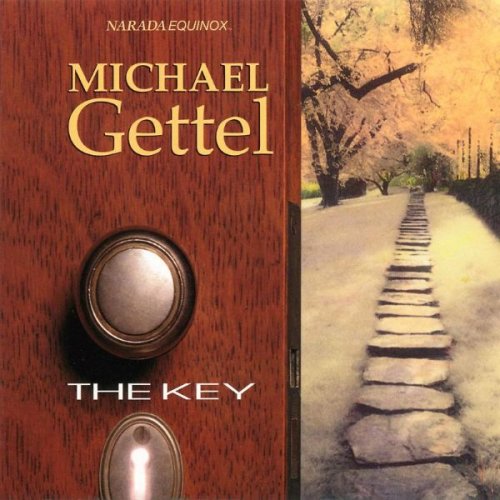
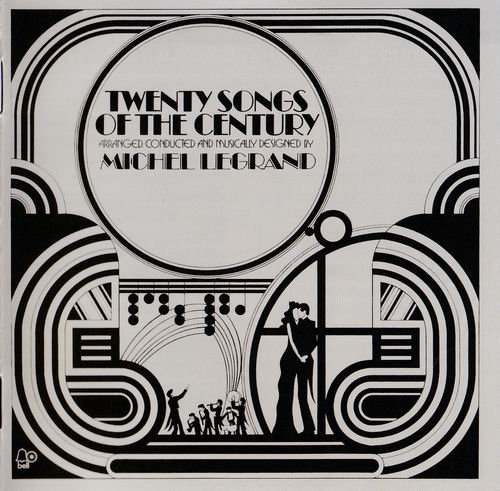
![Dave Holland - Emerald Tears (1977/2025) [Hi-Res] Dave Holland - Emerald Tears (1977/2025) [Hi-Res]](https://www.dibpic.com/uploads/posts/2025-12/1765891427_cover.jpg)
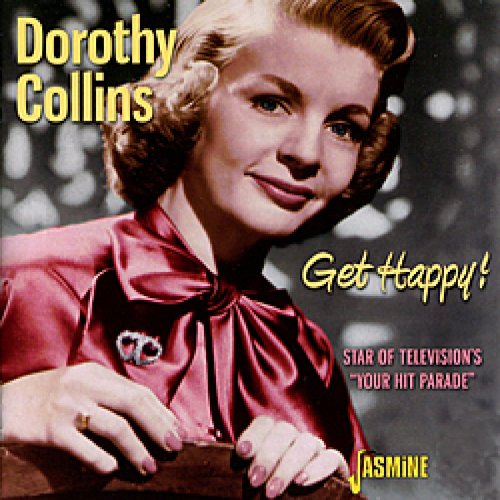
![Cornelius Claudio Kreusch - Scoop (2025) [Hi-Res] Cornelius Claudio Kreusch - Scoop (2025) [Hi-Res]](https://www.dibpic.com/uploads/posts/2025-12/1765893706_folder.jpg)
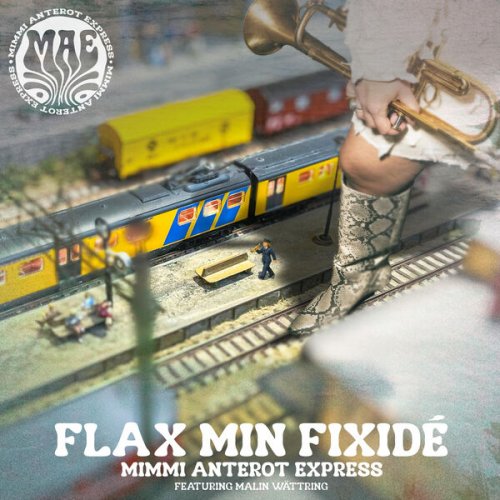
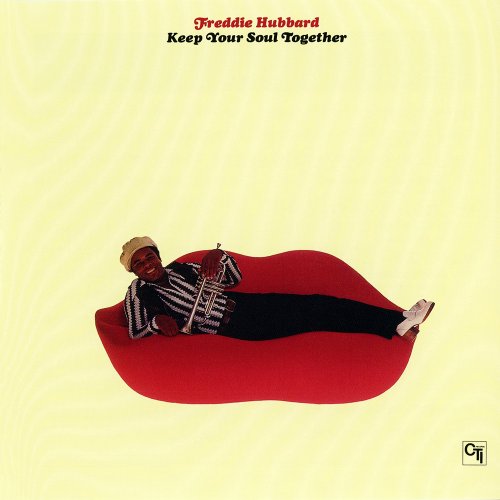
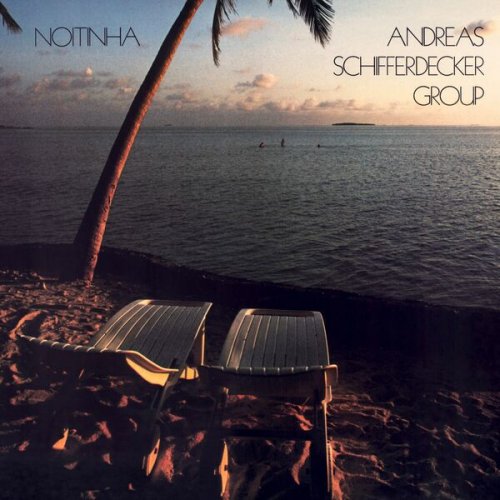
![Sibel Köse Septet - In Good Company (2025) [Hi-Res] Sibel Köse Septet - In Good Company (2025) [Hi-Res]](https://www.dibpic.com/uploads/posts/2025-12/1765846644_uizwujac4ht2d_600.jpg)